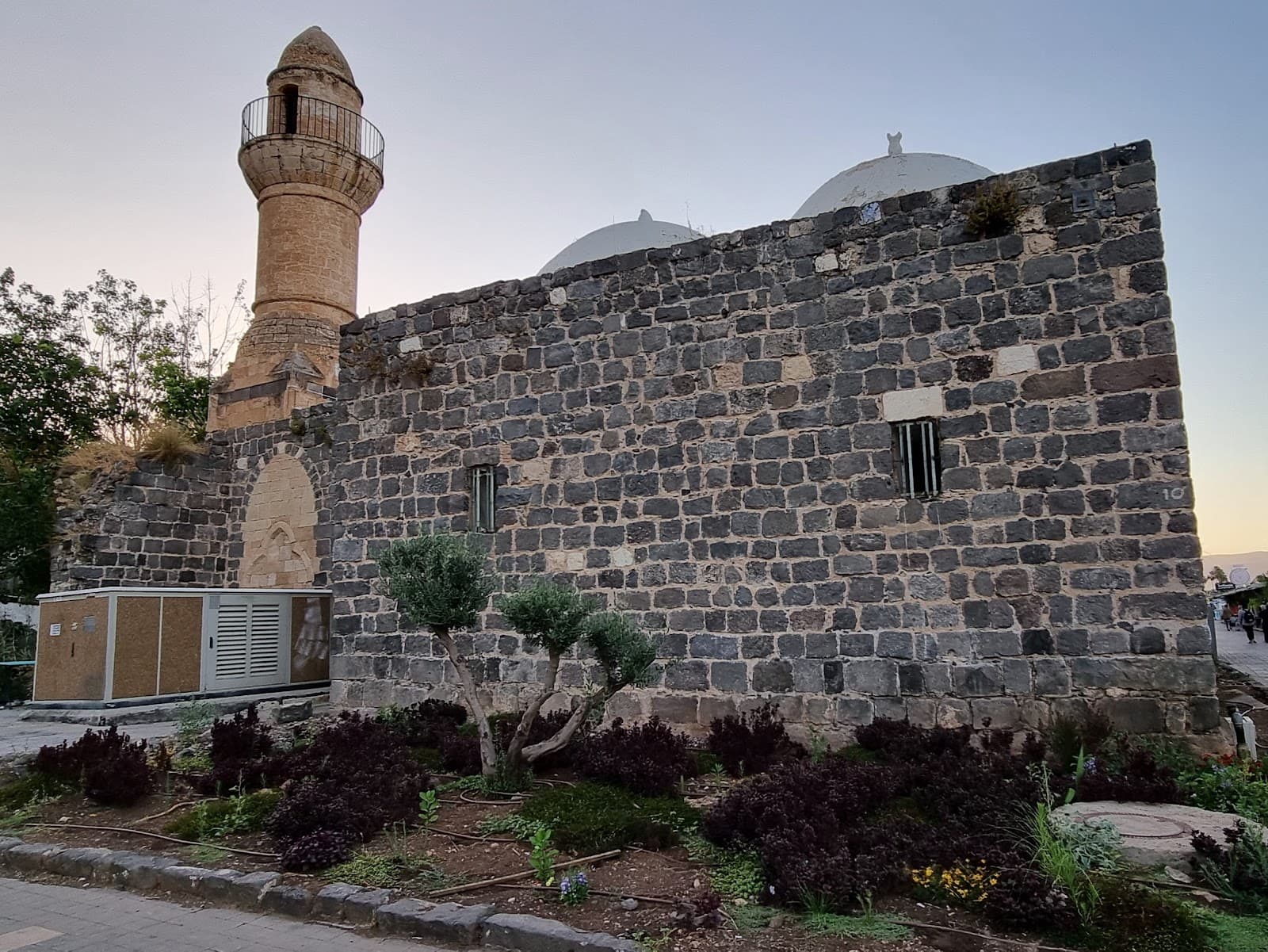
Sea Mosque Al-Bahr Ruins
A historical landmark in Tiberias, notable for its unique Sea of Galilee water canal and architectural remnants.
Highlights
Must-see attractions

Social
From TikTok & Reddit
Best Time
Best for viewing ruins

Sea Mosque Al-Bahr Ruins
Best Time
Best for viewing ruins
Highlights
Must-see attractions
A historical landmark in Tiberias, notable for its unique Sea of Galilee water canal and architectural remnants.
"A historical landmark distinguished by its unique ablution canal from the Sea of Galilee."
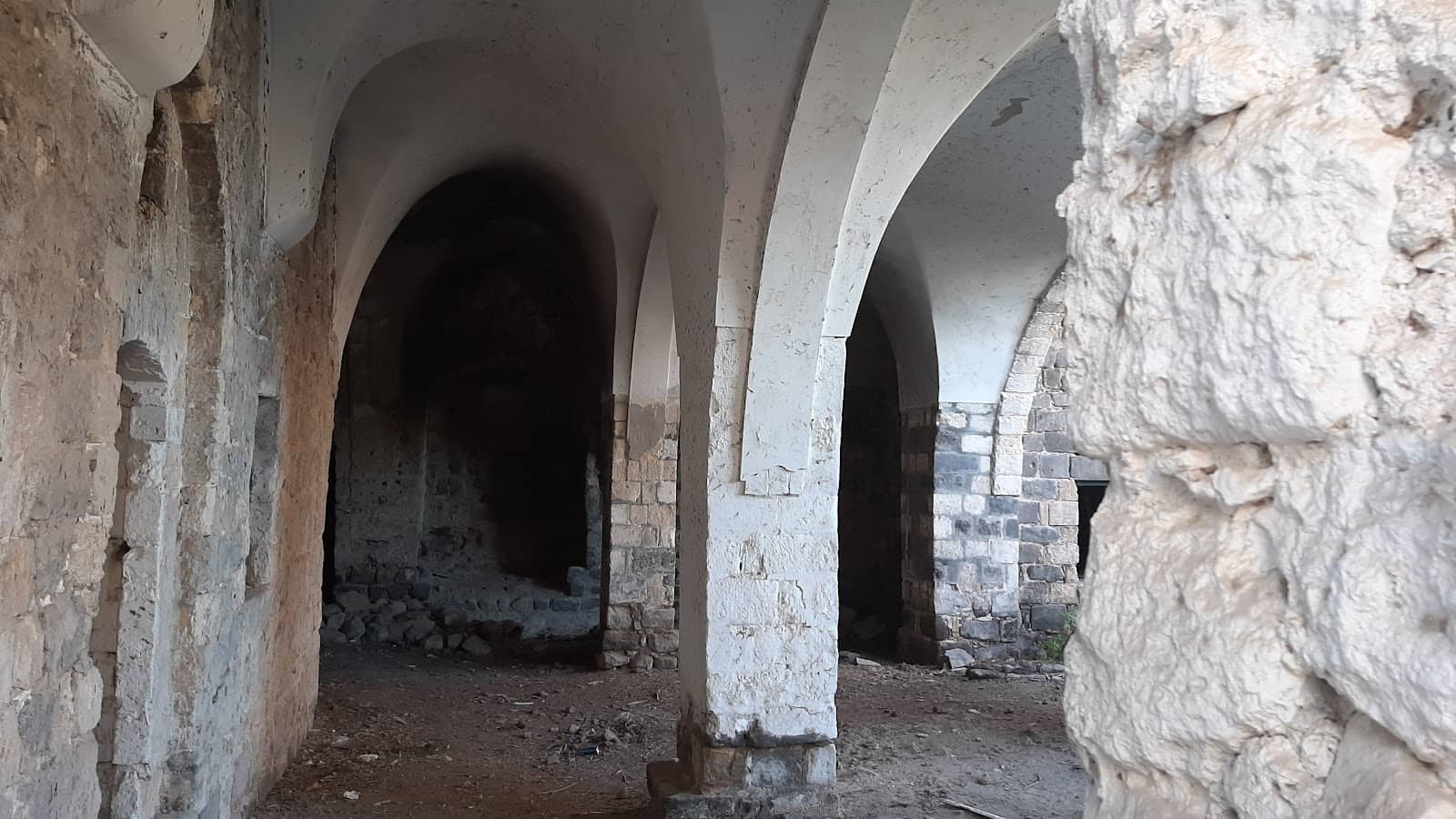
Peek Through Windows
Since access might be limited, you can often peek inside through the windows to see the interior features. :camerawithflash:
Understand Its History
Research its past to appreciate the historical significance and the unique water system. :books:
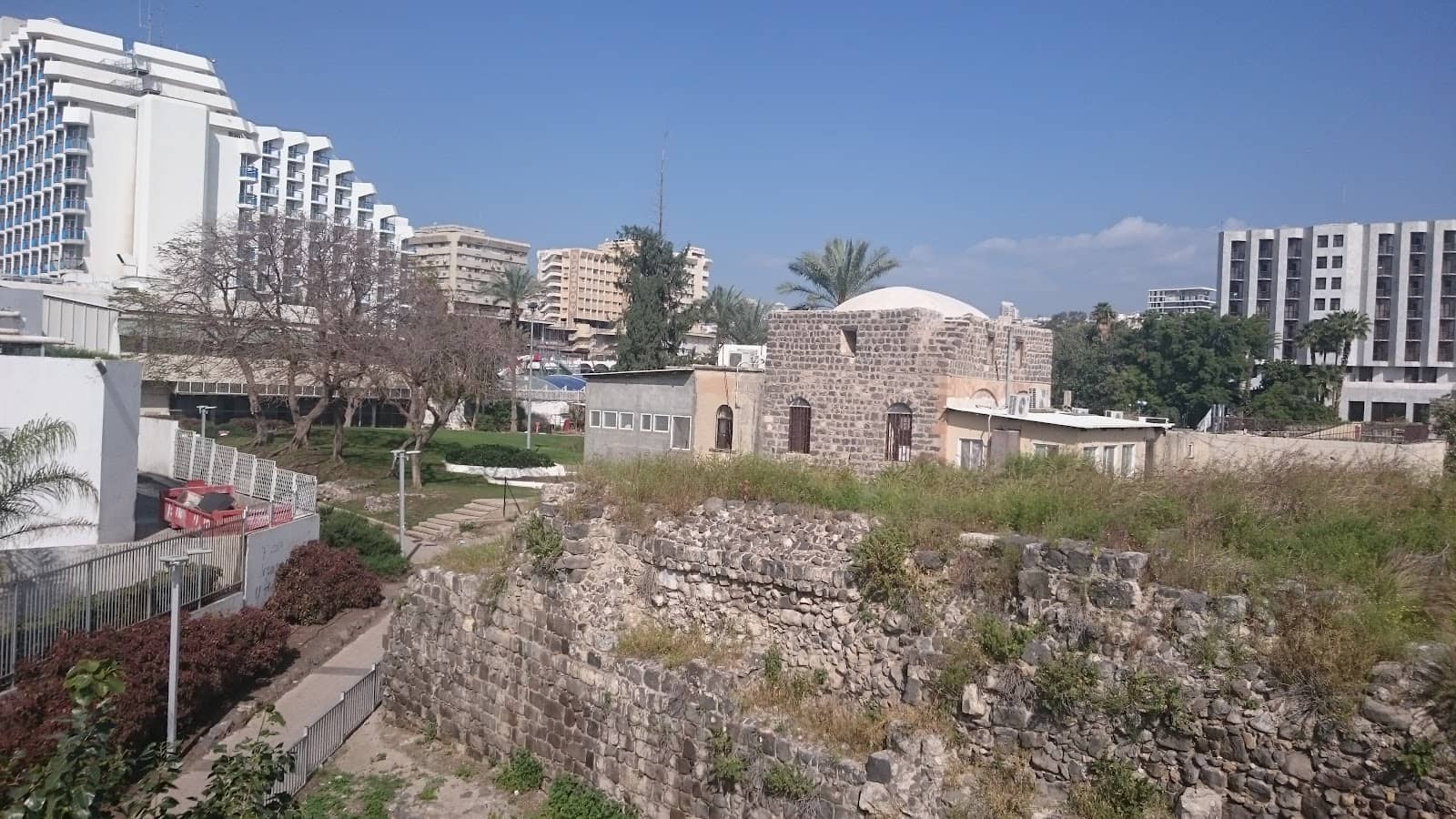
Highlights
Discover the most iconic attractions and experiences

Unique Ablution Canal
Interior
A remarkable canal channeling water from the Sea of Galilee into the mosque for ablution.

Grandeur of the Building
Exterior and Interior
Imagine the past magnificence of this historical mosque, even in its current state.
Plans like a pro.
Thinks like you
Planning Your Visit
Manage Expectations
Respect the Heritage
Best Times
Insider Tips
from TikTok, Instagram & Reddit
Peek Through Windows
Since access might be limited, you can often peek inside through the windows to see the interior features. :camerawithflash:
Understand Its History
Research its past to appreciate the historical significance and the unique water system. :books:
Manage Expectations
It's a ruin, so don't expect a pristine building; focus on its historical context. :thinking_face:
Tips
from all over the internet
Peek Through Windows
Since access might be limited, you can often peek inside through the windows to see the interior features. :camerawithflash:
Understand Its History
Research its past to appreciate the historical significance and the unique water system. :books:
Manage Expectations
It's a ruin, so don't expect a pristine building; focus on its historical context. :thinking_face:
What Travellers Say
Reviews Summary
Visitor experiences at the Sea Mosque Al-Bahr Ruins are mixed. While some find the site unimpressive and noting its ruined state, others are intrigued by its historical significance, particularly the unique canal system that channeled water from the Sea of Galilee. There are also observations about the building's condition reflecting attitudes towards heritage.
"The condition of the building corresponds to the attitude of the state towards any "wrong" heritage"
MichaelG
"You can peek in through the window."
Clive Bluston
"Nothing impressive"
Anton
What People Like
What People Dislike
Frequently Asked Questions
🚇 🗺️ Getting There
The Sea Mosque Al-Bahr Ruins are located in Tiberias. Specific public transport routes might vary, so it's best to check local transit information upon arrival. Driving is also an option, with parking availability potentially being a factor in peak seasons.
Accessibility can be limited due to its ruined state. Visitors often note that you can peek through windows, suggesting full interior access might not always be possible.
🎫 🎫 Tickets & Entry
Information regarding entry fees or ticketing for the Sea Mosque Al-Bahr Ruins is not widely available, suggesting it might be freely accessible or managed by local authorities without a formal ticket system. It's advisable to check on-site for any potential requirements.
Specific opening hours for the Sea Mosque Al-Bahr Ruins are not typically published. As it is a historical site, it's generally best visited during daylight hours when visibility is good for exploring the ruins.
🎫 🧭 Onsite Experience
The main draw is the historical architecture and the unique ablution area with a canal that once brought water from the Sea of Galilee into the mosque. Visitors can appreciate the grandeur of the building, even in its ruined state.
Access to the interior of the Sea Mosque Al-Bahr Ruins may be restricted due to its condition. Many visitors report being able to see inside by peeking through the windows.
Visitor opinions are mixed. Some find it unimpressive, while others appreciate its historical significance, particularly the unique water channeling system and the potential to imagine its past grandeur.
This mosque is a historical landmark in Tiberias, notable for its architectural features and its connection to the Sea of Galilee, including a canal for ablution. It represents a piece of the city's heritage.
📸 📸 Photography
Focus on capturing the unique ablution canal and the architectural remnants that hint at the mosque's former grandeur. The contrast between the ruins and the surrounding landscape can also make for interesting shots.
Photography is generally permitted at historical sites like the Sea Mosque Al-Bahr Ruins. However, always be respectful of the site and any local regulations that may be in place.
For Different Travelers
Tailored advice for your travel style
History Enthusiasts
Budget Travelers
Deep Dives
In-depth insights and expert knowledge
The Unique Ablution System
While the mosque itself is in a state of ruin, the remnants of this canal system are a testament to its historical function and design. Visitors often find this aspect particularly fascinating, as it highlights a practical and unique integration of the natural environment with religious architecture. It's a detail that sets this site apart and offers a glimpse into the daily life and practices of its past congregants.
Historical Context and Preservation
There are also mentions of efforts by the occupation municipality to control the site and potentially change its status from a mosque to a museum. This highlights ongoing discussions and potential conflicts surrounding the site's future and how its history is presented. Visitors interested in the site's heritage should be aware of these underlying contexts when exploring the ruins.

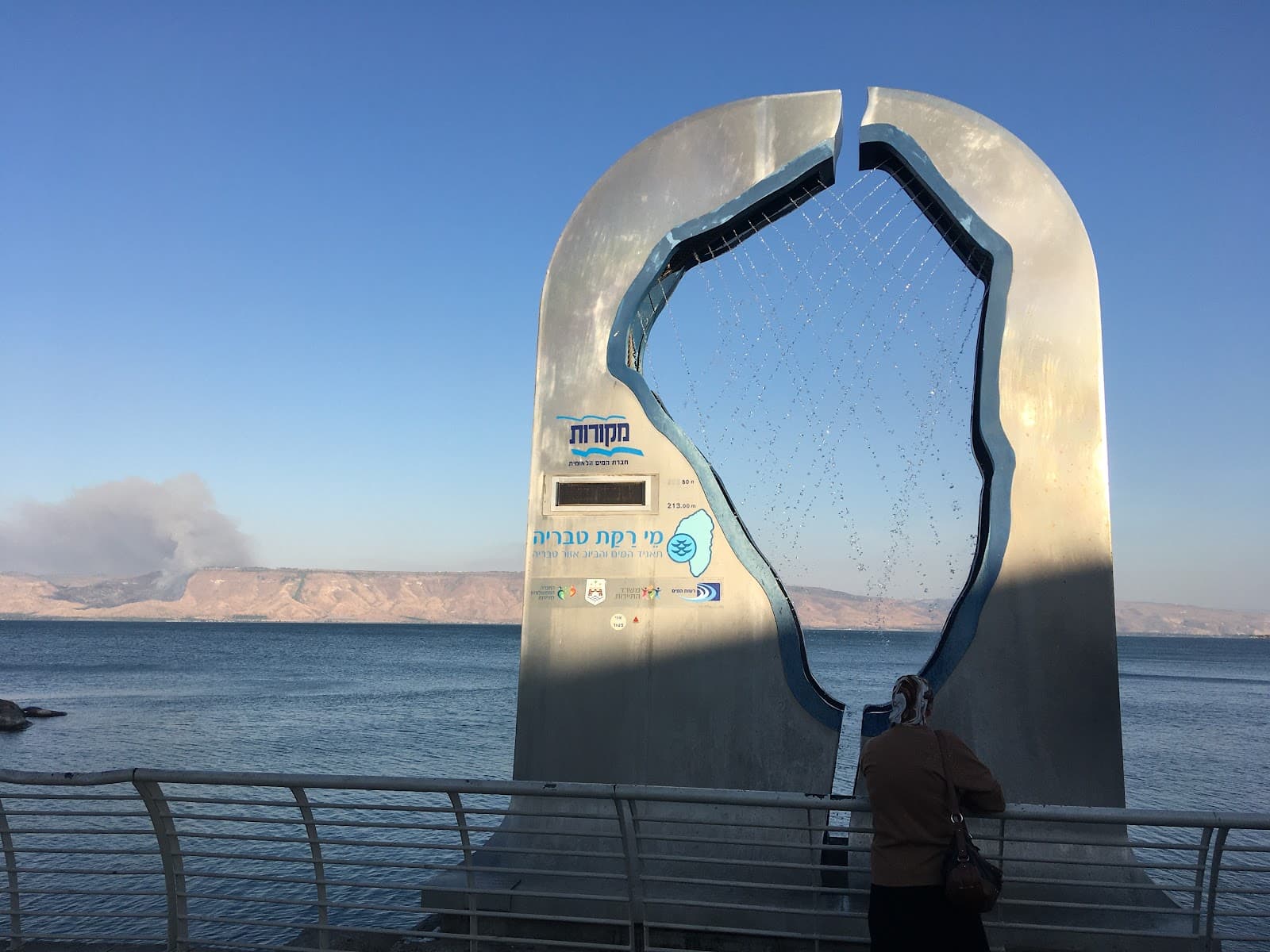
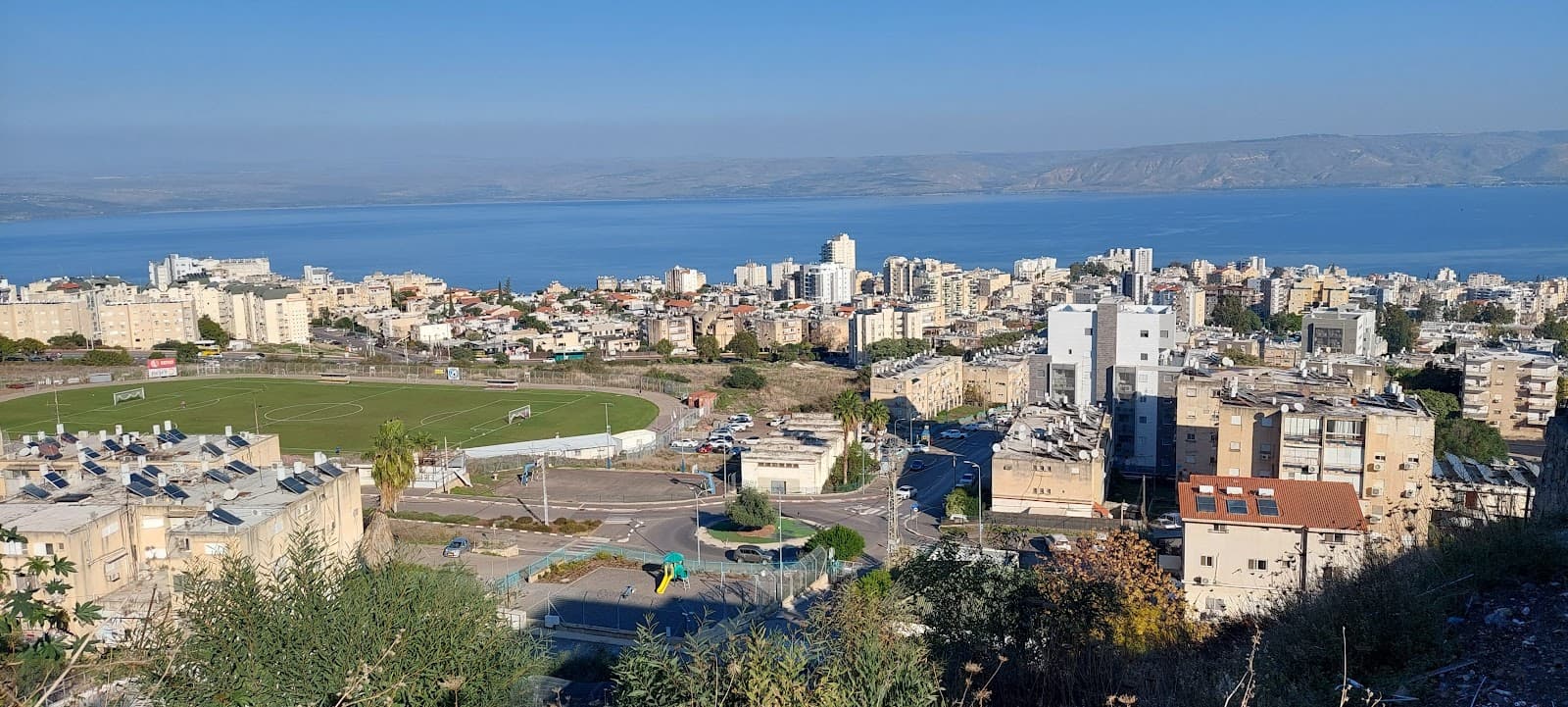
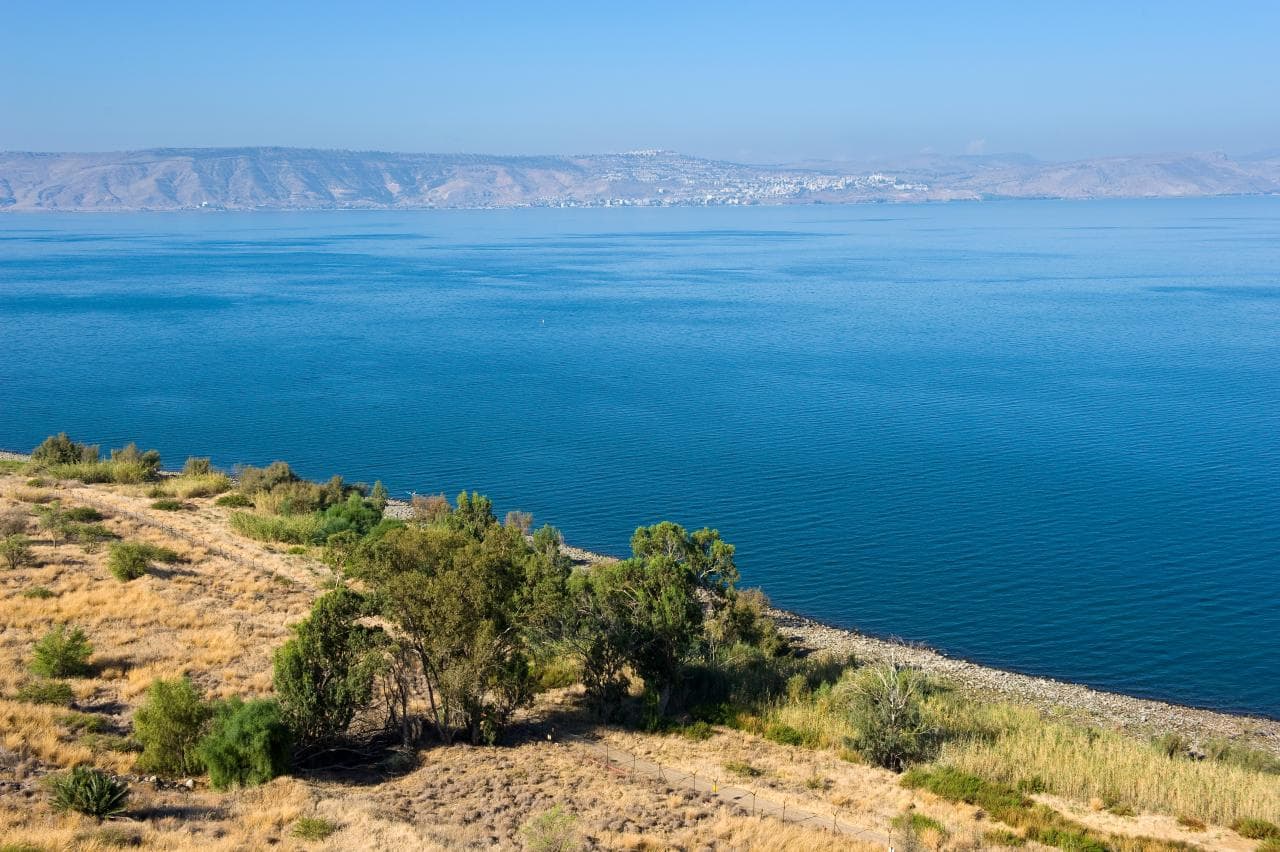


Social
from TikTok, Instagram & Reddit